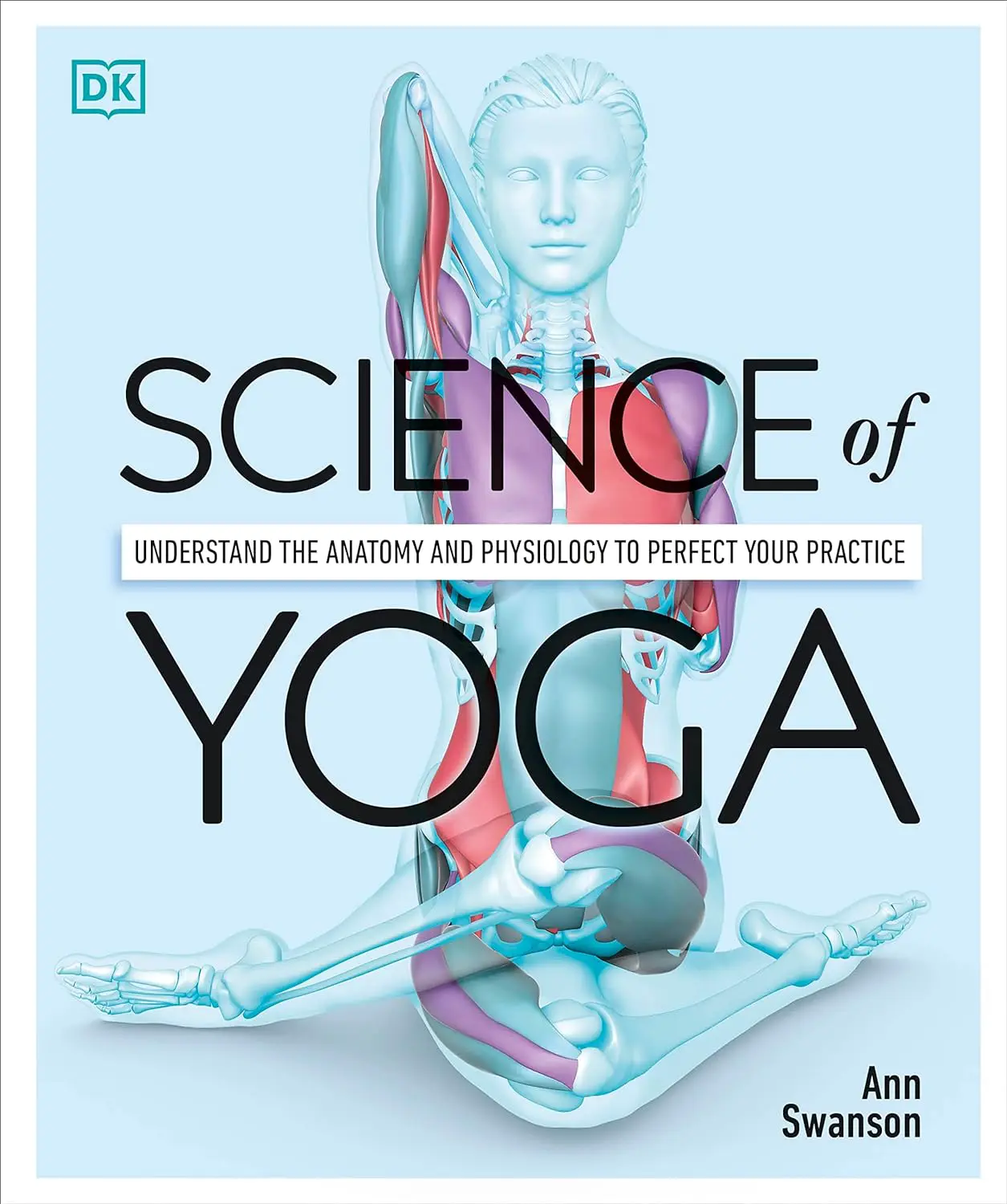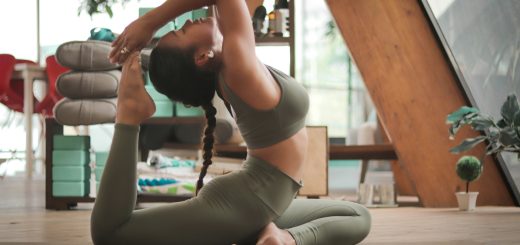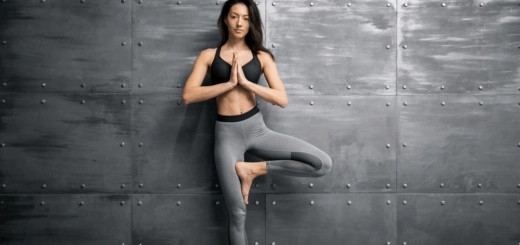Can Yoga Help with Back Pain? Tips for Finding Relief
Looking for more amazing products? Check out our online store and explore our collection here! Happy shopping!
Before diving in, please note: This post is for informational purposes only. If you’d like to know more about how we approach topics, feel free to check out our friendly Disclaimer Page.
Hey there, amazing readers! 
We’re committed to delivering quality posts, and your support (even just sticking around despite the ads) means everything to us. So, bear with us, and thanks for helping us keep the good vibes rolling. Now, on to the fun stuff!
TRANSLATE BUTTON AT THE END OF THE ARTICLE
A Quick Overview
Back pain is like that uninvited guest who overstays their welcome.
It can disrupt daily activities and drain your energy.
If you’ve ever found yourself wincing after picking up a grocery bag or struggling to get out of bed, you know what I’m talking about.
Many people turn to various treatments, but yoga is gaining traction as a holistic approach to managing back pain.
In this article, we’ll dive deep into how yoga can help ease back discomfort and enhance your overall wellness.
Understanding Back Pain: Causes and Symptoms Explained
Back pain can stem from a variety of culprits.
Common causes include poor posture, muscle strain, injuries, herniated discs, and even conditions like arthritis.
Sometimes, stress can also manifest as physical tension in your back.
It’s a reminder that our bodies and minds are connected in intricate ways.
Symptoms vary widely.
You might feel a dull ache, sharp pain, or stiffness.
Some folks experience radiating pain that travels down the legs (hello, sciatica!).
The intensity can differ too; some days may feel manageable, while others can be downright debilitating.
Understanding the root cause of your back pain is crucial.
Is it from lifting something heavy?
Or is it just too much screen time hunched over your computer?
Keeping track of what aggravates your pain can help you make informed decisions about your treatment options.
It’s also worth noting that back pain can impact your mood.
Feeling discomfort can lead to frustration, anxiety, or even depression.
It’s essential to address both the physical and emotional aspects of pain.
After all, who wants to feel grumpy because of a sore back?
The Connection Between Yoga and Back Pain Relief
Yoga offers a unique blend of stretching, strengthening, and mindfulness.
This combination can be a game-changer for back pain.
When I first tried yoga, I was skeptical.
Could some gentle stretches really help my aching back?
The answer was a resounding yes.
Many studies have shown that yoga can reduce pain levels and improve function.
Poses like Child’s Pose and Cat-Cow help to stretch and strengthen the back muscles.
They also promote better alignment, which can alleviate pressure on the spine.
One of the best parts about yoga is its adaptability.
Whether you’re a seasoned yogi or a complete novice, you can find poses that suit your needs.
It’s about finding what feels good for your body.
And let’s not forget the breathing exercises!
Deep breathing can enhance relaxation and decrease muscle tension, leading to a more profound sense of relief.
Plus, yoga encourages mindfulness.
By focusing on your breath and body, you can cultivate a sense of calm.
This can help reduce the stress that often exacerbates pain.
So, when you hit the mat, you’re not just stretching; you’re also nurturing your mind.
How Yoga Strengthens Core Muscles for Better Support
Did you know that a strong core is key to back health?
Many people think core strength is just about six-pack abs, but it goes much deeper than that.
Your core includes muscles in your abdomen, back, and pelvis.
These muscles work together to support your spine.
Yoga poses like Plank and Boat pose are fantastic for building core strength.
They not only engage your abdominal muscles but also challenge your balance and stability.
When your core is strong, it acts like a sturdy support system for your back.
I’ve noticed that on days when I prioritize core exercises, I feel more stable and less prone to discomfort.
Moreover, a strong core helps you maintain better posture, which is crucial for preventing back pain.
When sitting or standing tall, your spine is in a neutral position, reducing strain on muscles and ligaments.
It’s a win-win situation!
Incorporating core-strengthening yoga poses into your routine can be a fun way to build strength.
Think of it as building a solid foundation for your house.
A strong core means your body can handle the daily activities without throwing a fit.
Gentle Yoga Poses to Alleviate Back Discomfort
Now, let’s talk about some specific poses that can work wonders for your back.
Here are a few gentle yoga poses to consider:
Child’s Pose: A restful pose that gently stretches the lower back.
It’s like a warm hug for your spine.
Cat-Cow Stretch: This dynamic duo helps to warm up the spine and improve flexibility.
It’s a great way to release tension.
Downward-Facing Dog: This classic pose stretches the entire back while strengthening the arms and legs.
Plus, it’s invigorating!
Sphinx Pose: A gentle backbend that opens up the spine and encourages proper alignment.
It’s a great way to ease into more intense back stretches.
Seated Forward Fold: This pose helps lengthen the spine and stretch the hamstrings, which can alleviate tension in the lower back.
These poses can be done individually or combined into a short, flowing sequence.
Always listen to your body; if something doesn’t feel right, skip it.
Remember, yoga is not about perfection.
It’s about progress and finding what feels good.
I often remind myself that my practice is my own, and it’s okay to modify poses to meet my needs.
The Role of Flexibility in Reducing Back Pain
Flexibility plays a crucial role in back health.
When muscles and ligaments are tight, they can pull on the spine, leading to pain.
This is where yoga shines.
Many poses target tight areas like the hips, hamstrings, and lower back.
Regularly practicing yoga increases flexibility, which helps reduce the risk of injury and discomfort.
Flexibility enables your body to move more freely, decreasing the likelihood of muscle strains and sprains.
I’ve experienced this firsthand.
After just a few months of regular practice, I noticed I could bend down to tie my shoes without feeling stiffness afterward.
Incorporating stretches that target your back and hips can enhance your overall mobility.
For instance, poses like Pigeon Pose and Lizard Pose open the hips, providing a deeper stretch for the lower back.
It’s important to approach flexibility with patience.
It doesn’t happen overnight.
Embracing the process can be incredibly rewarding.
Celebrate small victories, like touching your toes or holding a pose for a little longer than before.
Breathing Techniques to Enhance Your Yoga Practice
Breath is the backbone of yoga.
It connects the mind and body, allowing you to deepen your practice.
Proper breathing techniques can increase oxygen flow, helping muscles relax and release tension.
One popular technique is Ujjayi breath, where you breathe in and out through your nose while slightly constricting the throat.
This creates a soft sound, reminiscent of ocean waves.
It can be grounding and help maintain focus during practice.
Another technique is diaphragmatic breathing, where you fill your abdomen with air as you inhale.
This encourages relaxation and can decrease feelings of tension and stress.
Incorporating breathwork into your practice can enhance your overall experience.
I’ve found that focusing on my breath, especially during challenging poses, can help center my thoughts and ease discomfort.
It’s like having a personal cheerleader in your head saying, “You got this!”
Creating a Safe Yoga Routine for Your Back Health
Safety first!
When it comes to practicing yoga for back pain, it’s essential to create a routine that respects your body’s limits.
Start slow, especially if you’re new to yoga.
Consider the following tips for a safe practice:
Listen to your body: If something doesn’t feel right, don’t push through the pain.
Modify poses or skip them altogether.
Use props: Blocks, straps, and blankets can provide support and make poses more accessible.
They’re your best friends on the mat!
Warm-up properly: A good warm-up prepares your muscles for deeper stretches.
Simple movements like neck rolls and shoulder shrugs can help.
Cool down: Ending your practice with gentle stretches allows your body to transition back to a resting state.
Creating a consistent routine can provide long-term benefits.
Even just 10-15 minutes of yoga a few times a week can make a significant difference.
Remember, it’s not about how long you practice but the quality of your movements.
Incorporating Mindfulness to Manage Pain Naturally
Mindfulness is about being present and aware of your thoughts and feelings without judgment.
When it comes to back pain, practicing mindfulness can help you manage discomfort more effectively.
Yoga naturally encourages mindfulness.
As you move through poses, focus on your breath and how your body feels.
This can help you connect more deeply with your pain and understand it better.
Sometimes, simply acknowledging the discomfort can lessen its intensity.
Incorporating mindfulness techniques into daily life can also be beneficial.
Try taking a few moments each day to check in with yourself.
What are you feeling?
Where do you feel tension?
Practicing gratitude for your body can shift your perspective, reminding you of all the amazing things it can do.
Mindfulness isn’t just about yoga; it’s a lifestyle.
Whether you’re sipping your morning coffee or going for a walk, try to be present.
This can help alleviate stress and provide a greater sense of control over your pain.
Finding the Right Yoga Class for Your Needs
Finding the right class can feel overwhelming, but it doesn’t have to be!
Look for classes specifically designed for back pain or gentle yoga.
Many studios offer beginner classes focusing on alignment and safety.
Online platforms like YouTube also have a wealth of resources.
Look for instructors who have experience working with back pain.
I’ve often found that online classes allow me to practice at my own pace without the pressure of a studio environment.
If you prefer in-person classes, don’t hesitate to ask instructors about their experience.
A good teacher will be more than happy to guide you and offer modifications based on your needs.
Keep an open mind as you explore different styles.
You may find that what works for someone else might not work for you.
It’s all about finding your groove!
Expert Tips for Practicing Yoga Safely at Home
Practicing yoga at home can be a fantastic way to create a personalized routine.
Here are some expert tips to keep in mind:
Set a designated space: Create a comfortable area in your home where you can practice without distractions.
A little corner with a mat and some props can be perfect.
Use online resources: There are countless apps and websites offering guided yoga sessions.
Find one that resonates with you and stick to it.
Keep a journal: Track your progress and jot down your thoughts after practice.
This can help you identify patterns and areas that need attention.
Create a schedule: Consistency is key.
Set aside specific times during the week for yoga and make it a priority.
Invite a friend: Practicing with someone can make yoga more enjoyable and keep you accountable.
Plus, it’s always fun to share the experience.
As you cultivate your home practice, remember to be kind to yourself.
Yoga is a journey, not a destination.
Embrace the process, and don’t worry about how you look!
Success Stories: Real People Who Found Relief Through Yoga
Nothing is more inspiring than hearing real success stories.
Many individuals have found relief from back pain through yoga.
For instance, a friend of mine struggled with chronic back pain due to years of desk work.
After joining a gentle yoga class, she noticed significant improvements.
Another inspiring story is of a woman who suffered from sciatica.
She began practicing yoga at home and found relief through specific stretches and strengthening exercises.
Now, she enjoys an active lifestyle without the constant threat of pain.
These stories remind us that yoga is a powerful tool for healing and transformation.
Each person’s journey is unique, but the common thread is the commitment to practice and the willingness to explore new avenues for relief.
Embracing a Holistic Approach to Back Pain Management
Yoga isn’t just about physical practice; it’s part of a broader holistic approach to managing back pain.
Along with yoga, consider incorporating other practices such as:
Physical therapy: A physical therapist can provide personalized exercises that target your specific needs.
Massage therapy: Regular massages can relieve muscle tension and improve circulation, which helps with recovery.
Healthy lifestyle choices: Eating a balanced diet, staying hydrated, and getting enough sleep all contribute to better overall health and pain management.
Stress reduction techniques: Practices like meditation or deep breathing can help reduce stress, which often exacerbates pain.
Combining these approaches can create a more comprehensive plan for managing back pain.
Each person’s path to relief is unique, and what works for one may not work for another.
The key is to find what resonates with you.
Conclusion
In conclusion, yoga can indeed help with back pain.
By understanding its connection to strength, flexibility, and mindfulness, you can cultivate a practice that promotes healing.
Remember to listen to your body and approach your practice with patience and kindness.
Whether you’re struggling with chronic pain or looking to prevent future issues, yoga offers a wealth of benefits.
Find poses that suit your needs, create a safe routine, and don’t hesitate to seek out classes or resources that resonate with you.
With a little dedication and an open heart, you can embark on a journey toward a healthier back and a happier you.
So roll out that mat, take a deep breath, and embrace the wonderful world of yoga!

The Enlightenment Journey is a remarkable collection of writings authored by a distinguished group of experts in the fields of spirituality, new age, and esoteric knowledge.
This anthology features a diverse assembly of well-experienced authors who bring their profound insights and credible perspectives to the forefront.
Each contributor possesses a wealth of knowledge and wisdom, making them authorities in their respective domains.
Together, they offer readers a transformative journey into the realms of spiritual growth, self-discovery, and esoteric enlightenment.
The Enlightenment Journey is a testament to the collective expertise of these luminaries, providing readers with a rich tapestry of ideas and information to illuminate their spiritual path.
Our Diverse Expertise
While our primary focus is on spirituality and esotericism, we are equally passionate about exploring a wide range of other topics and niches 

To ensure we provide the most accurate and valuable insights, we collaborate with trusted experts in their respective domains 
Our blog originally focused on spirituality and metaphysics, but we’ve since expanded to cover a wide range of niches. Don’t worry—we continue to publish a lot of articles on spirituality! Frequently visit our blog to explore our diverse content and stay tuned for more insightful reads.
Hey there, amazing reader! 
Check out our store here and take a peek at some of our featured products below! Thanks for being awesome!











